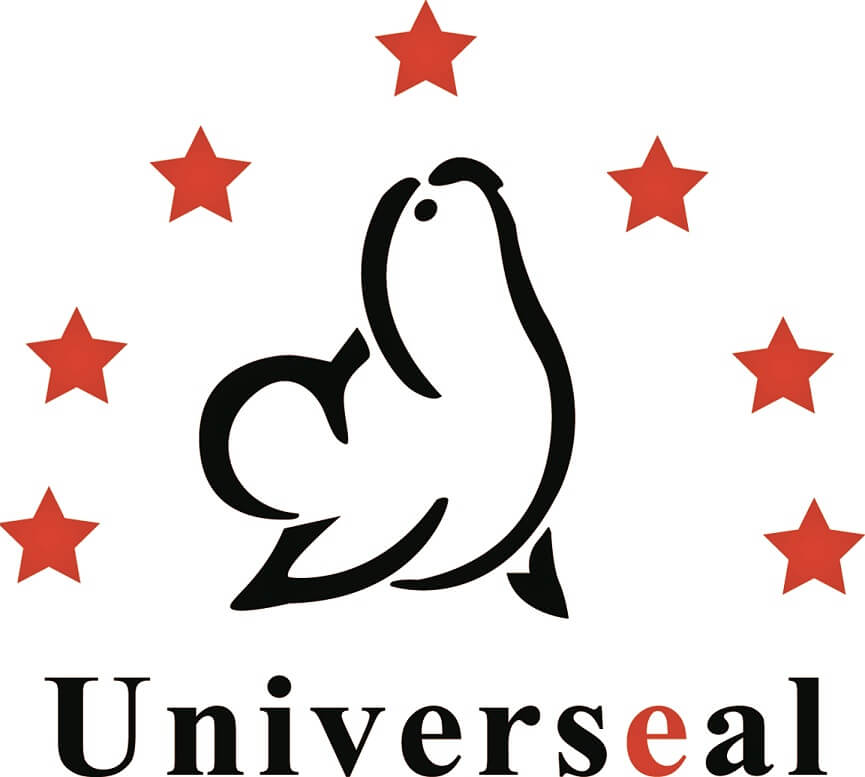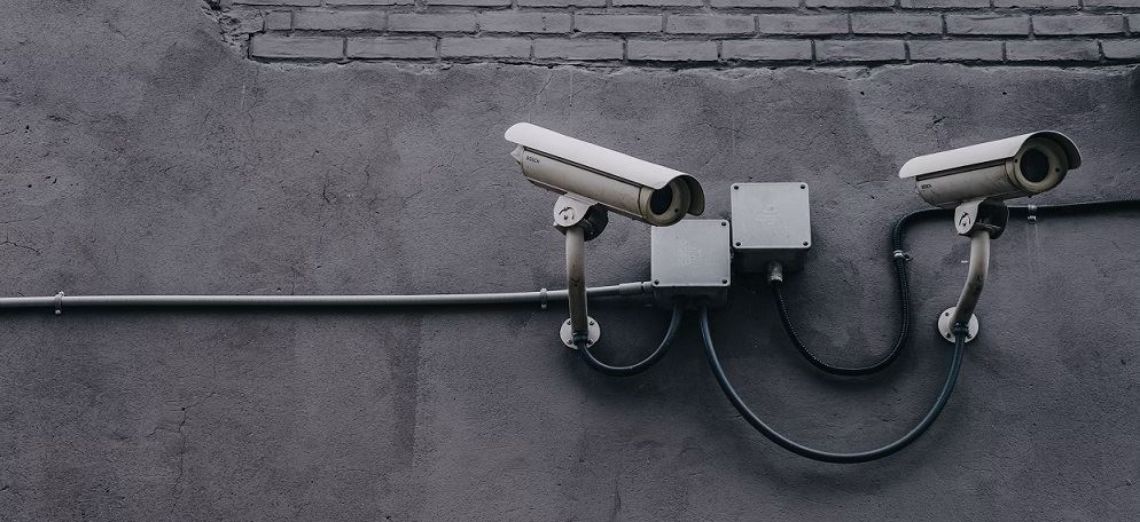Security seals can help to protect your cargo, valuable assets and confidential items. They serve an important role in loss prevention through reducing the incidences of theft, fraud and lost goods. Every year, hundreds of millions of pounds of valuable cargo is lost in such ways – and seals are one way in which these losses can be prevented at a tiny fraction of that price.
However, your cargo and your business are only protected properly when security seals are used as part of your wider supply chain, and due consideration has been made to the complete security of your logistics operations. Most risks which security seals are designed to mitigate – theft, pillage sabotage, smuggling etc – are human behavioural issues, and as such just as much attention should be paid to the humans involved in your security processes as to sourcing the appropriate seal itself.
No matter how well a security seal has been designed, seals only work if you have security at both ‘ends’ – at the point of sealing and at the point of opening – which in turn relies upon the security and reliability of your people. This goes to the very complex issue of organisation’s values and management systems, and how these are communicated to everyone working in the organisation. This of course goes beyond the scope of security seals, but what we can do below is to outline useful pointers to consider when setting up your protocols for security seals and how they fit into your wider supply chain.
Onion Skin Security

The ‘onion skin’ principle is very useful when considering security measures – the idea being that an organisation should have a layered approach to security, so that if one security measure fails, then another will not. For example, consider combining security seals on a larger enclosure such as trailer doors, with security labels on smaller enclosures, such as pallets of cargo or even individual cartons of product.
This can apply not only to physical layers of security seals, but also in security methodologies applied. For example, CCTV in areas where seals are stored, sealed and opened will help you to identify suspicious activity or instances where personnel are not following agreed security protocols.
Custody of Seals
Consider this question: which individual within your organisation is responsible for the purchase of security seals? What would happen if a bad actor within your organisation ordered “copycat” seals for their own nefarious activities and started to use them... would you have systems in place to identify this? Are you using a reputable manufacturer of security seals who have systems to help? This is to illustrate the point that even before security seals have arrived on site, you need to be mindful that seals can be a target for fraudsters. Security seals can act as a false positive that all is well with consignments, and therefore are of value to individuals attempting to hide tampering. The risk increases once seals have arrived to your location, where they are at physical risk of interference. Would you notice if a box of seals was taken by an opportunist?
To minimise risks, security seals should be stored in a secure storage area, ideally with limited access by senior members of your team, and covered by CCTV to pick up any out of the ordinary circumstances. It is recommended that particular seal number ranges are allocated and distributed to designated teams in appropriately sized batches, as necessary for your operations. This can provide a tight audit trail and help to identify vulnerabilities as and when seal tampering / anomalies arise.
Keeping Track of Data

Allied to the above is the importance of recognising that seal numbers are important data which should be collected, collated and stored in a secure way as would be the case with any other type. Keep a controlled record of security number ranges being dispensed out and account for every seal being applied using a documented system.
Using barcoded seals can be useful and is increasingly common. Barcodes can be integrated with barcode readers on PDA’s for automated incorporation into your processes, and reduces the likelihood of human error. If you are using a paper-based system (as is still common for road manifests and bills of lading), make sure that a consistent process is followed, and make copies for archival where appropriate. Consider using seals with duplicated barcode labels on the reverse, which can be simply applied to corresponding manifests / paperwork, rather relying on rewriting or rekeying seal numbers.
Variation

Our seals are highly customisable and can be produced in different colours and with different markings – we can print QR codes, data matrices, logos, barcodes, and many other types of information. Consider using a system of colour or marking rotation, be that on a periodic rotation basis, or using different marked seals for different operations or teams.
Seal Checks

It almost goes without saying, but physically checking seals for tell-tale signs of interference is all-import for the integrity of your supply chain. Fraudsters are ingenious and will try many ways to defeat seals. We produce a ‘known methods of intrusion’ document, available to Universeal UK customers, which can help you to recognise and train your staff in the ways that bad actors attempt to circumvent security seals. Please speak to your Account Manager for further information.
Staff Training and Escalation

Loss prevention and security protocols can only ever be as good as the team implementing them, and efforts need to placed into educating appropriate staff members on the correct way to handle, seal, open and dispose of seals appropriately. Once trained, there should be formal repercussions for failing to report issues with seals as they arrive, for example a failure to report mismatched seals on consignments, anomalies, failures to apply seals, and so on. A system of escalation should also be implemented – if particular members of staff are engaged in a pattern of behaviour or regularly failing to adhere to protocols, this should be flagged and reported to senior levels of management for investigation.
Stay Up-to-date with Legislation

Legislation does and has changed over the last few years, and we recommend using reputable security seal manufacturers who have been long-established and are well-acquainted with industry requirements. Universeal UK is a participating member of ISMA (the International Seal Manufacturer’s Association) and also in the ISO committee responsible for seal standards. We are at forefront of the development of security seals and tamper-evident packaging. We regularly post updates about developments in the field and best practices to our customers, so that they can ensure they are using security seals appropriately.
We hope this guide has been helpful... read on for a full of glossary of terms! Contact us to discuss your security needs today – email [email protected] or call us on +44 (0) 1829 760000.
This article is the third of four, looking at how security seals can fit within your wider security protocols. View Series below...
- What are Security Seals?
- Choosing the Best Security Seal for the Job
- Security Protocols: Making Security Seals work for you
- Glossary – Understanding security seal terminology

